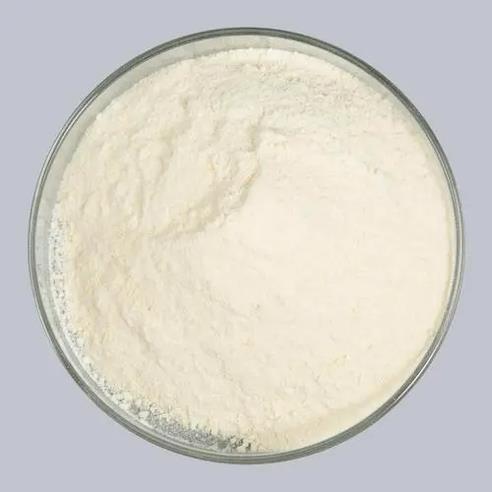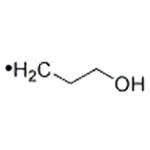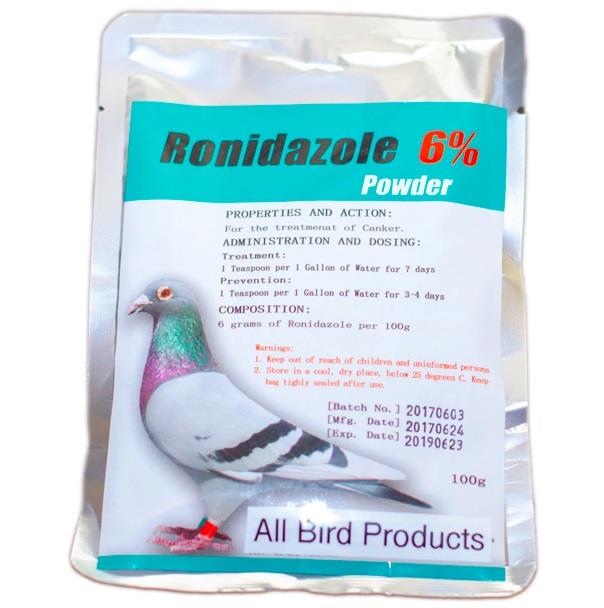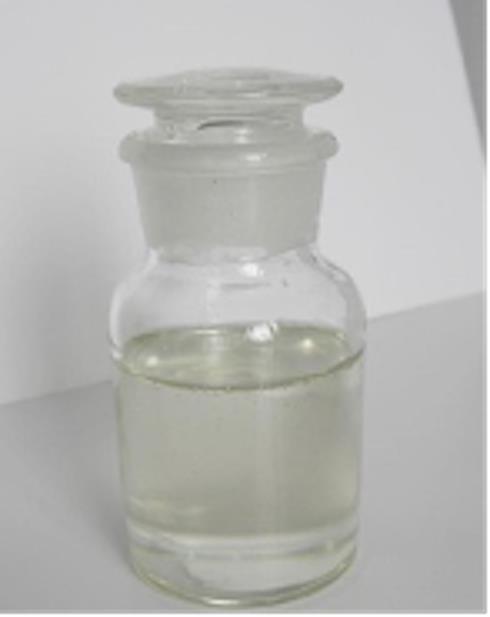Hydroxypropyl methyl cellulose: Application, metabolism and pharmacokinetics
Mar 24,2023
General description
Hydroxypropyl methyl cellulose is used in the food industry as an emulsifier, film former, protective colloid, stabilizer, suspending agent, or thickener. It is approved for food uses by the FDA (21 CFR 172.874) and the EU. Its safety in food use has been affirmed by the JECFA. Specifically, it is a modification of alkali cellulose, which is produced when purified wood pulp is treated with 18% sodium hydroxide solution. Methyl and hydroxypropyl ether groups are introduced into the molecule by reacting the alkali cellulose with methyl chloride and propylene oxide, respectively. The degree of substitution (DS) of commercial hydroxypropyl methyl cellulose with these methoxy and hydroxypropoxy groups will vary depending on the commercial use and properties desired. These added groups confer on the molecule its unique properties of being cold-water soluble, while at the same time exhibiting reversible gelation when heated and recooled. Its appearance is as follows:

Figure 1 Appearance of Hydroxypropyl methyl cellulose.
Application
Hydroxypropyl methyl cellulose finds use in the food, drug, and the dietary supplement industries. The physical/chemical properties of hydroxypropyl methyl cellulose make it useful in the food industry as stabilizers of emulsions and foams, as a replacement for fat and as a non-caloric bulking agent in foods, as a barrier to oil and in moisture retention, and as a binder. It imparts little or no flavor to food [1].Hydroxypropyl methyl cellulose is used in the drug industry and is considered a ‘pharmaceutical necessity’ [2]. It finds use as a protective colloid by serving as a dispersing and thickening agent, as well as in ophthalmic solutions by providing the demulcent action and viscous properties essential for contact-lens use and in artificial-tear formulations [3].The nonpyrogenic, viscoelastic properties of hydroxypropyl methyl cellulose have also found use in ophthalmic surgery during procedures on the anterior segment of the eye, allowing for more efficient manipulation with less trauma to the corneal endothelium and other ocular tissues [4]. In drug tablet formulations, it is used for film-coating of tablets and as an extended-release tablet matrix [5].Hydroxypropyl methyl cellulose has also been evaluated in humans as an alternative to gelatin as a source for two-piece hard capsules [6].Otherwise, hydroxypropyl methyl cellulose is also widely used in the cosmetics industry, primarily in hair shampoo, eye makeup, and skin care preparations, at concentrations ranging typically from 0.1% to 5% in product.
Absorption and metabolism
The fate of ultra-low viscosity 14C-Hydroxypropyl methyl cellulose was investigated in rats following single- and repeated-dose oral administration [7]. One group of Sprague–Dawley rats (3/sex) was administered a single 500 mg/ kg body weight gavage dose of the hydroxypropyl methyl cellulose test article and then monitored for 72 h in glass metabolism chambers. Urine, feces, and expired CO2 were collected; blood was sampled via indwelling catheters. A second group of rats (also 3/sex) received five daily gavage doses of 500 mg/kg hydroxypropyl methyl cellulose; these animals were housed in the metabolism chambers throughout the dosing interval and for 24 h after the last dose. Greater than 99% of the administered radio-activity was recovered in the feces and approximately 1% in the urine of rats following a single gavage dose of hydroxypropyl methyl cellulose; recoveries following five consecutive daily doses were very similar. Plasma elimination half-life following a single dose of hydroxypropyl methyl cellulose was 2.3 h in the males and 2.0 h in the females. The authors conclude that ultra-low viscosity hydroxypropyl methyl cellulose is only minimally absorbed following oral administration, being excreted almost exclusively in the feces; therefore, plasma elimination half-life is more likely a product of hydroxypropyl methyl cellulose and metabolites, rather than hydroxypropyl methyl cellulose per se.
Pharmacokinetics
Hydroxypropyl methyl cellulose was one of a number of non-digestible polysaccharides that were tested for their effects on the distal colon and resident microflora in rats, as well as for their in vitro fermentability [8]. Male Wistar rats (5/test group) received for five days a basal diet that contained, as one constituent, sucrose at 300 g/kg diet and then received for 12 days a test diet in which hydroxypropyl methyl cellulose replaced 100 g sucrose/kg of the basal diet (equivalent to a dose of 10 g hydroxypropyl methyl cellulose/kg of body weight). Animals were sacrificed following the feeding interval and the caecum, colon, and their contents analyzed. The authors conclude that caecal and colonic enlargement are due to a hypertrophic – as opposed to hyperplastic – response of the tissues to increases in bulk contents and that it is unlikely that short-chain fatty acids or any other microbial metabolites stimulate this response. In addition, hydroxypropyl methyl cellulose was poorly fermented under in vitro assay conditions.
Toxicity
Short-term feeding studies (one to three months) with hydroxypropyl methyl cellulose were conducted in rats, rabbits, and dogs [9]. Rats (10/sex/dose) received 0%, 2%, 10%, or 25% hydroxypropyl methyl cellulose in the diet for 30 days (mg/kg body weight dose to animals not provided). Severe diarrhea was evident in the high-dose group only, with 9/20 animals dying. No other effects were remarkable at any dose. Rabbits (6/dose; sex not specified) were fed 0%, 10%, or 25% hydroxypropyl methyl cellulose in the diet for 30 days (mg/kg dose to animals not provided). There was no mortality in response to treatment; high-dose animals maintained their body weight, while the 10% group gained a little weight (approximately 0.5 kg). All other parameters evaluated were normal. Two dogs were also administered hydroxypropyl methyl cellulose orally for an indeterminate duration (report indicates 30 days in one place and 52 days in another), one at 25 g/day and the other at 50 g/day. The dog receiving the higher dose exhibited some diarrhea, weight loss, and a small decrease in red blood cell count. No other findings were remarkable.
References
[1] BeMiller, J.N., Whistler, R.L., 1996. Carbohydrates. In: Fennema, O.R. (Ed.), Food Chemistry, third ed. Marcel Dekker, Inc., New York, NY, pp. 205–207.
[2] Reilly, W.J., 2000. Pharmaceutical necessities. In: Gennaro, A.R. (Ed.), Remington: The Science and Practice of Pharmacy, 20th ed. Lippincott Williams & Wilkins, Philadelphia, PA, p. 1032.
[3] Reppas, C., Adair, C.H., Barnett, J.L., Berardi, R.R., DuRoss, D., Swidan, S.Z., Thill, P.F., Tobey, S.W., Dressman, J.B., 1993. High viscosity hydroxypropylmethylcellulose reduces postprandial blood glucose concentrations in NIDDM patients. Diabetes Research and Clinical Practice 22, 61–69.
[4] Reppas, C., Dressman, J.B., 1992. Viscosity modulates blood glucose response to nutrient solutions in dogs. Diabetes Research and Clinical Practice 17, 81–88.
[5] Reppas, C., Eleftheriou, G., Macheras, P., Symillides, M., Greenwood, D., Dressman, J.B., 1998. The effect of HPMC – a cholesterol-lowering agent – on oral drug absorption in dogs. Biopharmaceutics and Drug Disposition 19, 523–530.
[6] Reppas, C., Meyer, J.H., Sirois, P.J., Dressman, J.B., 1991. Effect of hydroxypropylmethylcellulose on gastrointestinal transit and luminal viscosity in dogs. Gastroenterology 100, 1217–1223.
[7] McCollister, S.B., Kociba, R.J., McCollister, D.D., 1973. Dietary feeding studies of methylcellulose and hydroxypropylmethylcellulose in rats and dogs. Food and Cosmetics Toxicology 11, 943–953.
[8] Meshali, M.M., el Dien, E.Z., Omar, S.A., Luzzi, L.A., 1989. A new approach to encapsulating nonsteroidal anti-inflammatory drugs. IV. Effect of cellulose derivatives with different functional groups on the bioavailability and gastric ulcerogenic activity of acidic as well as basic nonsteroidal anti-inflammatory drugs. Journal of Microencap- sulation 6, 355–360.
[9] Miyazaki, S., Kawasaki, N., Nakamura, T., Iwatsu, M., Hou, W.M., Attwood, D., 2000. Oral mucosal bioadhesive tablets of pectin and HPMC: in vitro and in vivo evaluation. International Journal of Pharmaceutics 204, 127–132.
- Related articles
- Related Qustion
- Is Hydroxypropyl methyl cellulose safe for humans? Jan 25, 2024
Hydroxypropyl Methyl cellulose (HPMC)is globally known as “Hypromellose” and is manufactured by chemically made polymer cellulose.
- Can hydroxypropyl methyl cellulose be used as an additive in animal feed? Dec 22, 2023
Hydroxypropyl methylcellulose is a technical additive (functional class: stabiliser) that can be used in premixes and feeds for all animal species without minimum and maximum content limits.
- Overview Introduction of Hydroxypropyl methyl cellulose(HPMC) Jul 26, 2021
Cellulose is a natural substance normally present in most diets because it is the major structural carbohydrate of green plants. Cellulose is essentially a linear polymer of glucopyranose units connected by (3-1,4-glucoside links.
Ronidazole is a carbamate ester that is 5-nitroimidazole in which the hydrogens at positions 1 and 2 are replaced by methyl and (carbamoyloxy)methyl groups, respectively.....
Mar 24,2023DrugsHeptane is the straight-chain alkane, and is one of the main components of gasoline, which is widely used in laboratories as a non-polar solvent.....
Mar 24,2023SupplementsHydroxypropyl methyl cellulose
9004-65-3You may like
- Maltose: Overview and Dietary Implications
Oct 25, 2024
- Dextran: Application, pharmacokinetics and toxicity
Apr 25, 2023
- 3-O-Benzyl-1,2,5,6-di-O-isopropylid....
Mar 10, 2023
Hydroxypropyl methyl cellulose manufacturers
- Hydroxypropyl methyl cellulose
-

- 2025-12-11
- CAS:9004-65-3
- Min. Order:
- Purity: 0.99
- Supply Ability:
- Hydroxypropyl methyl cellulose (HPMC)
-

- $2.00 / 25Kg/Bag
- 2025-12-11
- CAS:9004-65-3
- Min. Order: 1Kg/Bag
- Purity: cosmetic grade, industrial grade, pharmaceutical grade
- Supply Ability: 10000mt
- Hydroxypropyl methyl cellulose
-

- $0.00 / 25KG
- 2025-12-11
- CAS:9004-65-3
- Min. Order: 25KG
- Purity: 98%min
- Supply Ability: 30tons/month






